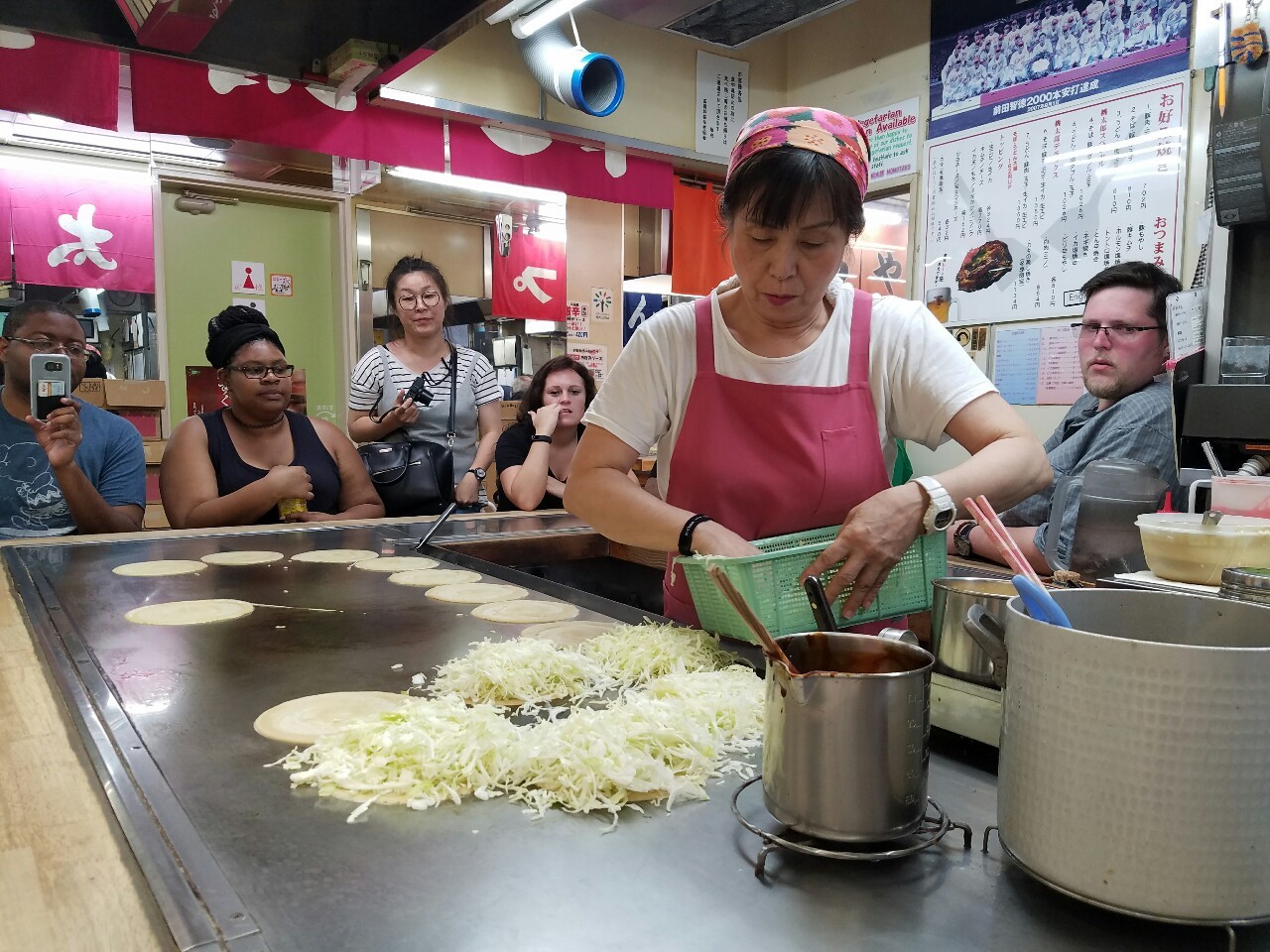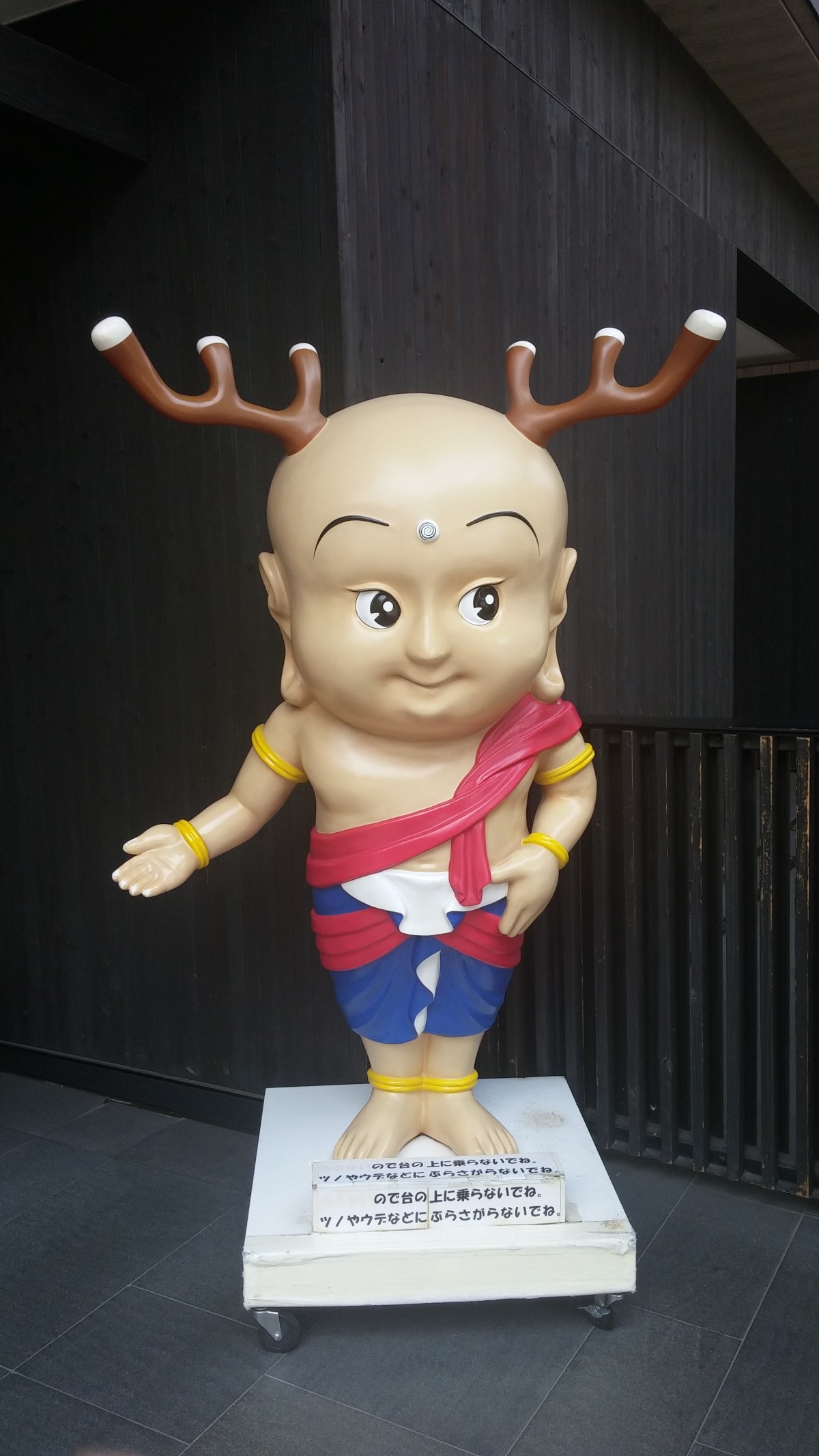 What is experiential learning?
What is experiential learning?
I thought this question several times and reached to the conclusions through my experience of study abroad in Japan.
The definition of experiential learning is, according to University of Colorado Denver:
“Experiential learning is a process through which students develop knowledge, skills, and values from direct experiences outside a traditional academic setting. Experiential learning encompasses a variety of activities including internships, service learning, undergraduate research, study abroad, and other creative and professional work experiences. Well-planned, supervised and assessed experiential learning programs can stimulate academic inquiry by promoting interdisciplinary learning, civic engagement, career development, cultural awareness, leadership, and other professional and intellectual skills.”

What is the goal of study abroad program?
 The main purpose of study abroad is cultural awareness through visiting many interesting places in the different countries. I think that it is very easy to lose the goal because seeing the various places is memorable, but not directly related to cultural awareness without reflective inquiry. Keeping journals is one way, but without reflective inquiry or reflective questions, students feel as thought they are JUST visiting Japanese famous places.
The main purpose of study abroad is cultural awareness through visiting many interesting places in the different countries. I think that it is very easy to lose the goal because seeing the various places is memorable, but not directly related to cultural awareness without reflective inquiry. Keeping journals is one way, but without reflective inquiry or reflective questions, students feel as thought they are JUST visiting Japanese famous places.
I focused on “EXPERIENCE” on experiential learning in my program, meaning that we learn Japanese culture through experiencing. For example, in my program, making plastic food samples, taking sushi lessons, making cup noodles, and staying in temple (Sukubo), etc., are invaluable in learning about the culture.
















